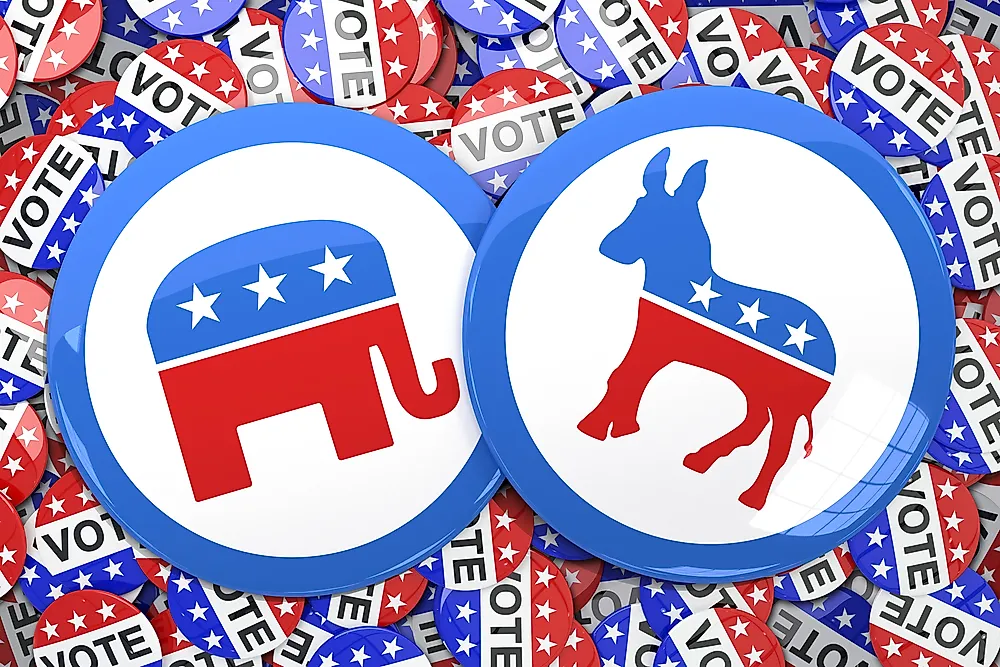A few days ago, the Star Tribune published an article titled “Not a ‘Greater Minnesota’ flag? Detroit Lakes latest city to refuse flying state flag.” It covered the growing number of cities. These cities—including Hastings and Detroit Lakes—are opting not to raise Minnesota’s new state flag.
I followed the redesign process with cautious optimism. I found the piece frustrating. Not everyone needs to love the new flag. However, so much of the conversation continues to miss the point.
This is what I had to say in the Star Tribune comments:
I understand the desire to honor history and the comfort of the familiar. While some believe the previous flag honored our past, others saw it as a symbol of racism. Another fact is the old Minnesota flag was frequently confused with others because it lacked distinction as it was just the state seal on a blue background. I don’t love the new design, and I do think there’s room for improvement, but the old flag wasn’t serving us well. One clear advantage of the new flag is that it can actually be recognized as Minnesota’s something the previous design failed to do. Change is uncomfortable, but it’s also an opportunity. It has given us the ability to have a conversation. If people feel passionately about changing the flag again take the initiative to make it happen.
A New Emblem for a New Era
Minnesota’s new state flag was officially adopted on May 11, 2024. It replaced the blue banner bearing the state seal. This banner had flown in one form or another since 1957. Its design lineage goes back to 1893.
The new flag features a deep blue field symbolizing the night sky. A light blue curve represents Minnesota’s lakes and rivers. An eight-pointed star evokes the state motto, L’Étoile du Nord (“The Star of the North”).
Looking Back: A Brief History of the Flag
For the first 35 years of statehood, Minnesota had no official state flag.
1983
That changed in 1893 when the Auxiliary Board sponsored the creation of an official flag. The design selected came from Amelia Hyde Center, a Minneapolis artist and leather worker. This original flag featured a white front and blue reverse, which made it expensive and less durable.


1957
In 1957, Minnesota redesigned the flag to have a blue field on both sides. This change simplified production. They updated the floral elements for botanical accuracy. They replaced the original moccasin flowers with pink-and-white lady’s slippers. The pink-and-white lady’s slippers are the official state flower.

1983
The flag saw another redesign in 1983. Designers lightened the blue. They also updated the seal to include imagery such as the Mississippi River, St. Anthony Falls, and pine trees. This reflects the state’s natural heritage.
Over time, the 1983 flag drew criticism. It was seen as overly complex and visually confusing. It resembled other state flags that simply feature a seal on a blue background. Critics also raised concerns about the symbolism of the seal, which some viewed as a representation of Manifest Destiny.

Design Debates and Grassroots Alternatives
Minnesota’s flag redesign hasn’t been without controversy or creative alternatives. In 1957, Representative John Tracy Anderson and Major General Joseph E. Nelson proposed a star-based flag with red, white, and blue tribands, though it was rejected by the legislature.

More recently, the North Star Flag was created in 1988 by Lee Herold and Reverend William Becker. It gained grassroots support with its meaningful colors. Its simple and distinctive design also contributed to its popularity. While never officially adopted, the North Star Flag has remained a beloved unofficial symbol. It was even presented to the redesign commission in 2023.

The Redesign Process
The push for a new flag gained official momentum starting in 2021. A Wayzata High School student approached State Senator Ann Johnson Stewart with the idea.
This led to legislation establishing the State Emblems Redesign Commission in 2023. The commission is charged with proposing new designs that reflect Minnesota’s shared history, resources, and diverse communities. It explicitly prohibits symbols that represent only a single group.
The commission includes representatives from Indigenous, African Heritage, Latino, and Asian-Pacific communities, as well as members of the general public. The commission presented a new flag design after careful deliberation and public input. The legislature adopted this design on May 11, 2024.
The Refusals and Reactions
Some People Love It
As with any change, the new flag has its fans. Many appreciate that the design is clean, modern, and—most importantly—distinctly Minnesota. The new flag doesn’t just look nice on paper. It’s practical and recognizable. It is also far less likely to be confused with any other state’s banner. For decades, people saw a blue flag with a complicated seal. Few could identify it. Now, Minnesota finally has a flag that can stand on its own.
Some People Don’t
But of course, not everyone loves the new flag. Some cities, like Detroit Lakes and Hastings, have refused to fly it. Critics often cite nostalgia for the old flag and a desire to honor the past.
Others see the old flag’s imagery as a reflection of Minnesota’s history. They acknowledge its warts and all. They worry that the new flag erases or sanitizes that story.
Some also point out that the new flag isn’t perfect and could be improved. And that’s fair—no flag is flawless, and every design involves compromises. The truth is, flags are symbols, and symbols carry different meanings for different people.
My Take
I understand the desire to honor history and the comfort of the familiar. While some believe the previous flag honored our past, others saw it as a symbol of racism. Another fact is the old Minnesota flag was frequently confused with others. It lacked distinction because it was just the state seal on a blue background.
I don’t love the new design. I do think there’s room for improvement. However, the old flag wasn’t serving us well.
One clear advantage of the new flag is that it can actually be recognized as Minnesota’s. The previous design failed to achieve this. Change is uncomfortable, but it’s also an opportunity. It has given us the ability to have a conversation.
Flags Aren’t Sacred. They’re Evolving.
Plenty of iconic flags have undergone change:
- The U.S. flag has changed 27 times.
- Canada didn’t adopt its maple leaf until 1965.
- South Africa’s current flag, widely recognized today, was finalized in days.
Designs come and go, but the values we attach to them can deepen over time.
Discomfort is an Invitation
As I wrote before in my Star Tribune comment:
“Change is uncomfortable, but it’s also an opportunity. It has given us the ability to have a conversation.”
Don’t like the flag? Great. Say so. Offer your vision. Start a petition. Participate in the next redesign cycle. But don’t opt out of the conversation entirely.
Because flags don’t just represent where we’ve been. They shape how we see where we’re going.
Minnesota is big enough to hold multiple truths. To love parts of the past while acknowledging its harms. To critique a design without discarding what it stands for. To fly a flag that looks forward, not just backward.
If you don’t feel represented by the new flag—make your voice heard. But don’t assume that refusing to fly it is the same as standing for something noble. Sometimes, progress looks like a banner that’s unfamiliar. Sometimes, unity starts with a little discomfort.
And sometimes, the bravest thing a flag can do is change.


